Mesoporous silica nanoparticles with a size of 20 nanometers, as a type of nanoporous silica particles with very small size, are used for various applications in materials science, chemistry, medicine, and nanotechnology.
Due to their unique properties such as mesoporous structure and small size, these nanoparticles have the capability to increase surface area and absorb different substances.
These features make these nanoparticles highly valuable for use in drug research, drug delivery, water purification, catalysts, and other nanotechnology applications.
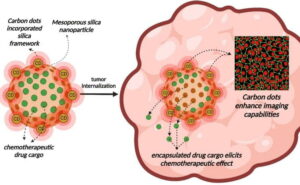
Wide applications of nanoparticles in industries
Mesoporous silica nanoparticles with a size of 20 nanometers are highly valuable for various applications in materials science, chemistry, medicine, and nanotechnology due to their unique features such as mesoporous structure and small size.
These nanoparticles can effectively be used in drug research, drug delivery, water purification, catalysts, and other nanotechnology applications, leading to increased efficiency and productivity in these industries.
20-nm-sized mesoporous silica nanoparticles serve as a versatile nanotechnology platform in various fields. Some of the applications of these nanoparticles include:
1. Drug delivery systems: 20-nm mesoporous silica nanoparticles are used as effective drug carriers to enhance drug solubility and efficacy, target drug delivery to specific tissues, and reduce drug side effects.
2. Water purification: These nanoparticles can be utilized to remove various contaminants from water due to their nanometer size allowing access to smaller particles.
3. Cosmetic and personal care: Silica nanoparticles can be used in the production of creams, lotions, and cosmetic products as sunscreen agents, oil absorbers, and skin structure enhancers.
4. Electronics: These nanoparticles can be employed as semiconducting materials and optical coatings in the electronics and nanoelectronics industry.
These applications are just a few examples of the wide range of uses where 20-nm mesoporous silica nanoparticles can be applied.
Silica nanoparticles are used in the electronics industry as semiconducting materials and optical coatings.
These nanoparticles can be employed as optical coatings to enhance light reflection and reduce anti-reflective properties in optoelectronics.
Additionally, in nanoelectronics, silica nanoparticles can serve as semiconducting materials for producing transistors, diodes, and electronic sensors.
They are also utilized as electrical insulation coatings to prevent heat and electric current transfer and avoid electrical connections.
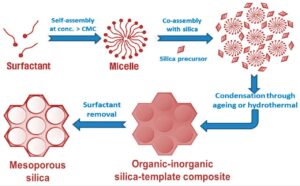
Innovative Applications Silica Nanoparticles
– Uncover the wide range of applications, from catalysis to sensing, where these nanoparticles are making a significant impact with their size and structure.
Silica nanoparticles are utilized in the electronics industry as semiconductors, optical coatings, electrical insulation coatings, and composite materials.
In electronic applications, silica nanoparticles can be used as optical coatings to enhance light reflection and reduce anti-reflective properties in optoelectronics.
Additionally, these nanoparticles serve as semiconducting materials for producing transistors, diodes, and electronic sensors.
Moreover, in electronic structures, silica nanoparticles act as electrical insulation coatings to prevent electrical connections in electronic circuits.
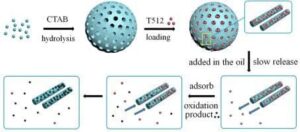
Enhancing Optoelectronics by Silica Nanoparticles
– Explore how these mesoporous silica nanoparticles are being used to improve optoelectronic devices through their optical properties and surface modifications.
Advantages:
1. Increased surface area: 20-nanometer mesoporous silica nanoparticles lead to an increased effective surface area for adsorption of various substances.
2. Targeted drug delivery: These nanoparticles serve as effective drug carriers for targeted drug delivery to specific tissues.
3. Wide applications: These nanoparticles can be utilized for various applications including water purification, catalysts, and nanotechnology.
Disadvantages:
1. Nanoparticle toxicity: Some silica nanoparticles may pose toxicity risks and require further studies on safety and potential side effects.
2. High cost: The production and acquisition of 20-nanometer mesoporous silica nanoparticles can be costly, creating financial constraints for some industries.
3. Stability: The stability and lifespan of mesoporous silica nanoparticles require suitable technologies to maintain and extend their useful life
4. Drug delivery systems: 20-nanometer mesoporous silica nanoparticles are used as effective drug carriers to increase solubility and efficiency of drugs, target drug delivery to specific tissues, and reduce side effects.
5. Water purification: These nanoparticles, due to their mesoporous structure and small size, are employed for removing pollutants and various contaminants in water.
6. Catalysts: Mesoporous silica nanoparticles serve as efficient catalysts to accelerate chemical reactions in various industries.
7. Medical applications: 20-nanometer mesoporous silica nanoparticles are highly valuable for drug delivery and targeted imaging in the medical field due to their unique properties.

Nanotechnology Marvel Silica Nanoparticles
– In this study, we delve into the fascinating world of 20-nm-sized mesoporous silica nanoparticles and their unique properties.
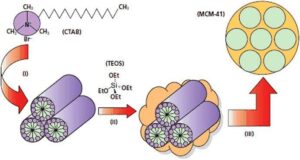
Revolutionizing Drug Delivery nanoparticles
– Discover how these tiny particles are transforming drug delivery systems with their controlled release capabilities and high surface area.
Nanoparticles can be engineered to target specific tissues or cells through surface modifications or functionalizations.
In the case of wound healing, mesoporous silica nanoparticles can be designed to carry drugs that are specifically tailored to promote tissue regeneration and reduce inflammation in the wound area.
These nanoparticles can be loaded with drugs and then delivered to the wound site where they release the therapeutic agents in a controlled manner.
This targeted and controlled drug delivery system ensures that the drugs reach the wound area efficiently and effectively, enhancing the healing process and minimizing potential side effects.
The characteristics of nanoparticles can be utilized for the effective delivery of drugs to the wound area:
1. Small size: Nanoparticles, due to their small size, can easily and quickly penetrate the wound area and deliver drugs in a targeted manner.
2. Large surface area to volume ratio: Nanoparticles have a high surface area to volume ratio, enabling them to absorb and transport larger amounts of drugs.
3. Shape and surface modification capability: By modifying the structure or surface of nanoparticles, their properties can be precisely tuned to enhance drug delivery.
4. Ability to carry hydrophobic and hydrophilic drugs: Nanoparticles, due to their surface properties, can simultaneously transport both hydrophobic and hydrophilic drugs, facilitating effective drug delivery to the wound area.
Nanoparticles: small size, large surface area, drug delivery, shape change, absorption, targeted distribution

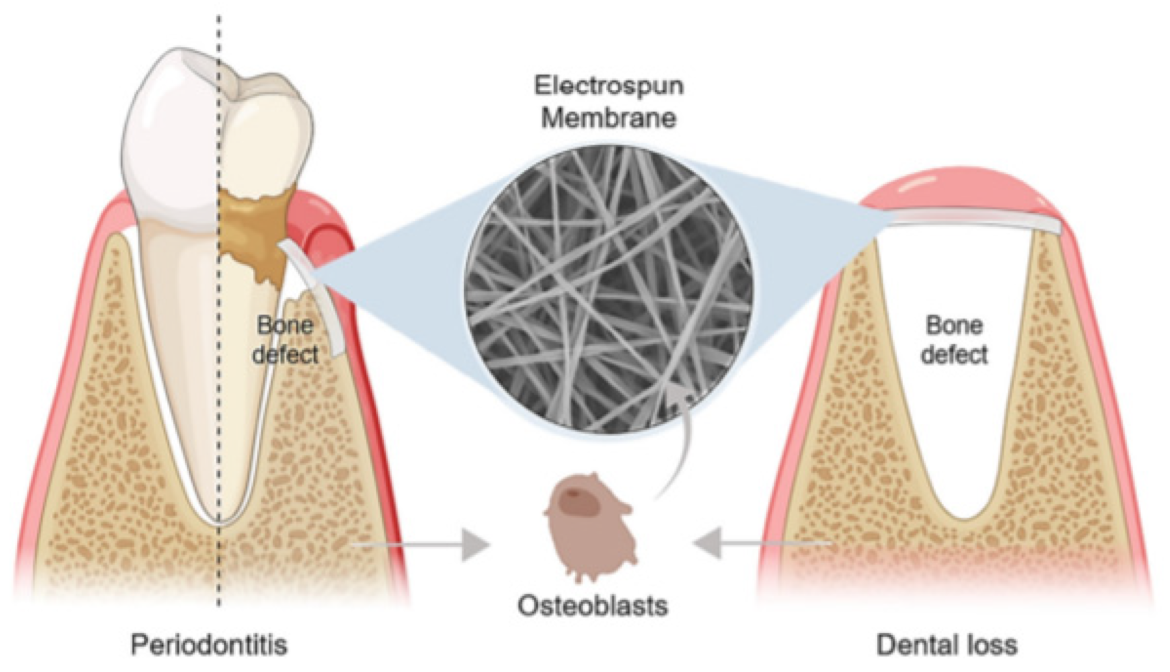

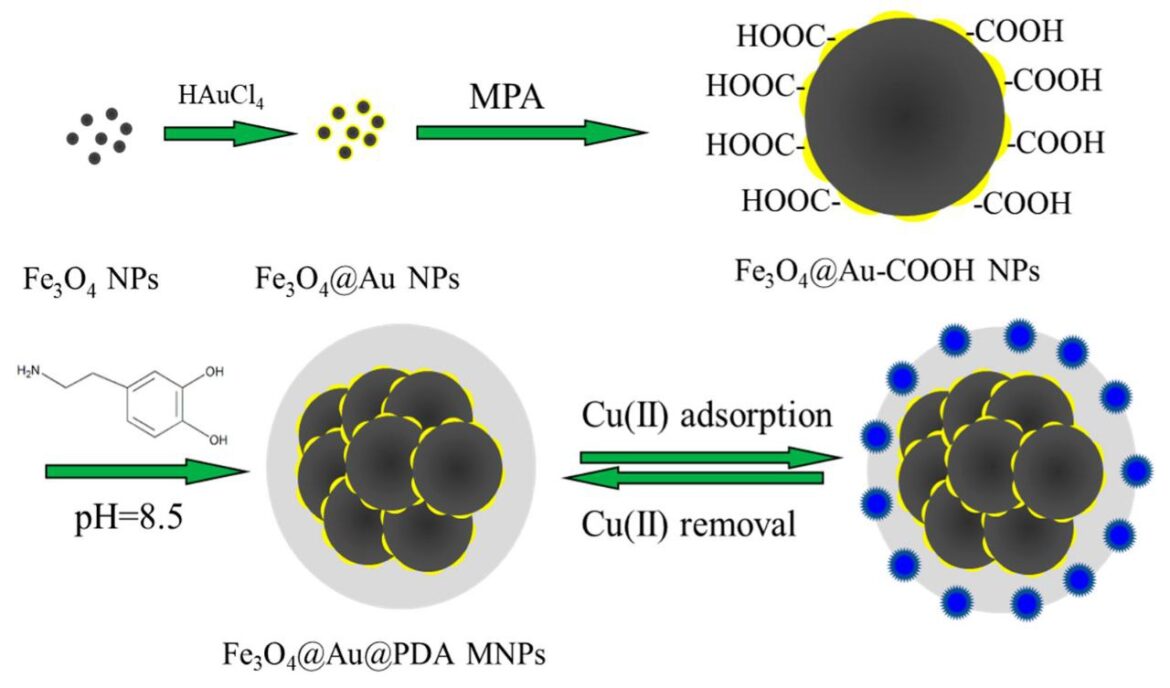


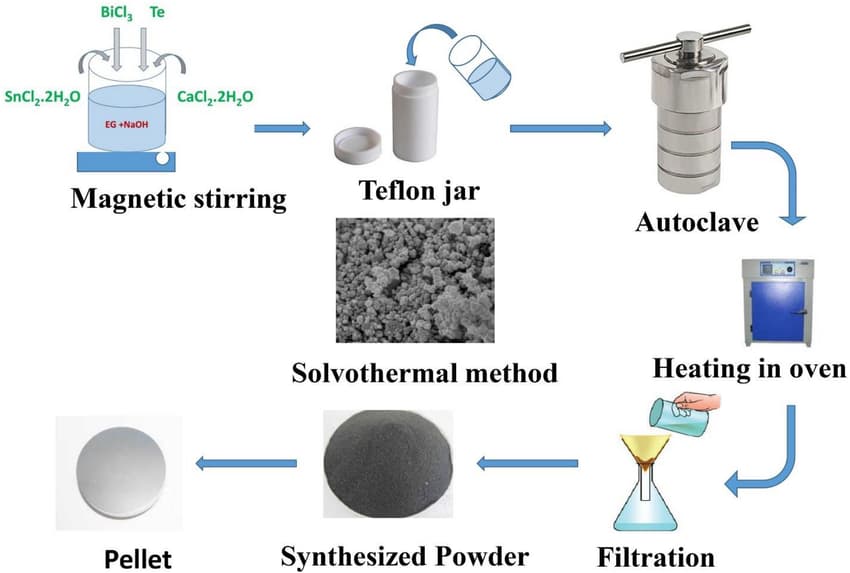
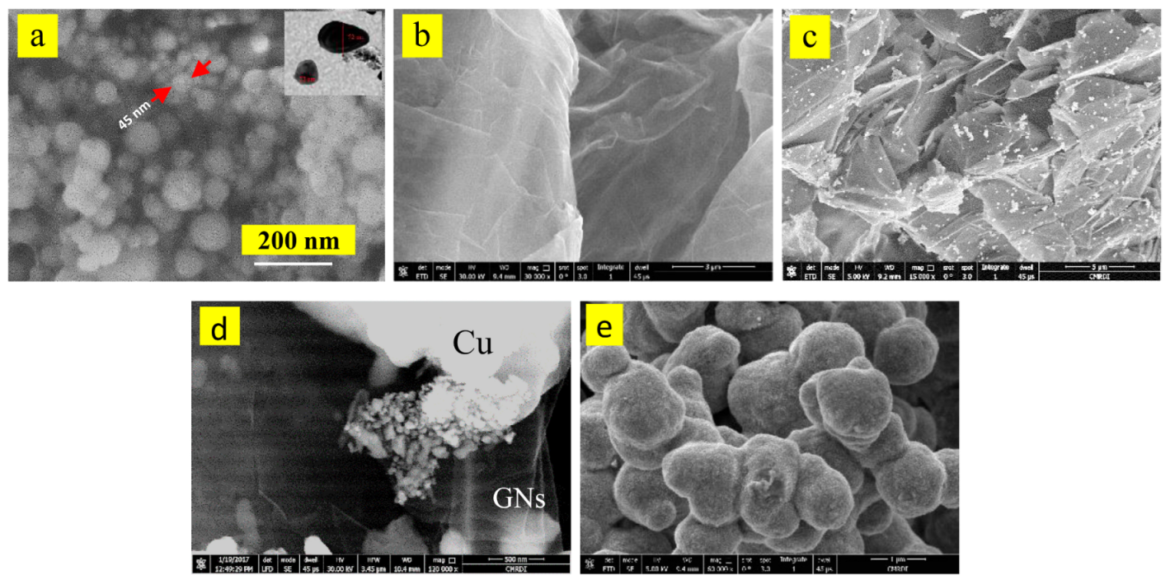
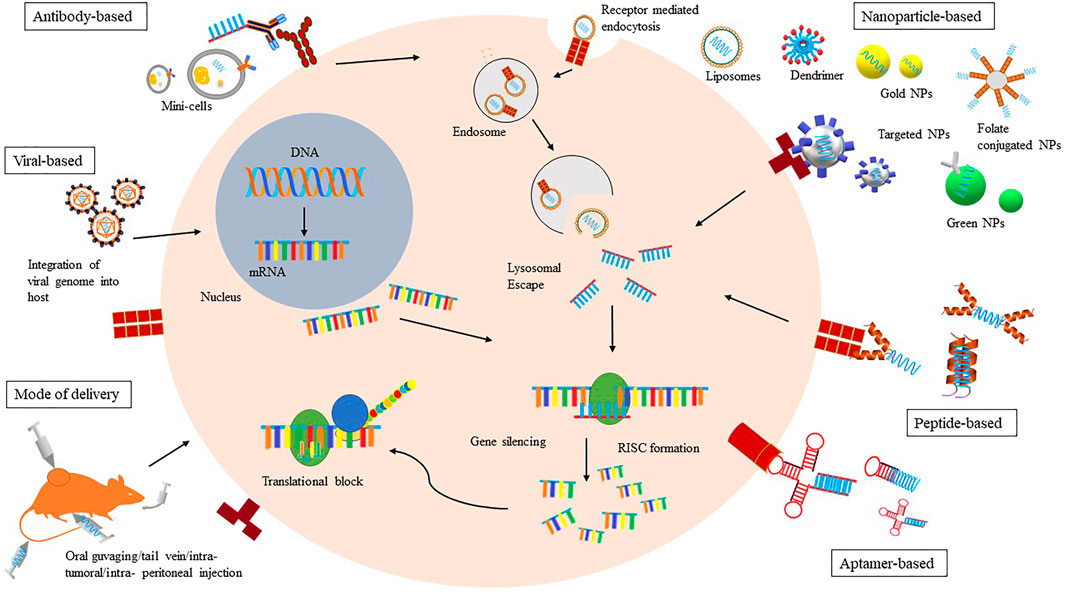
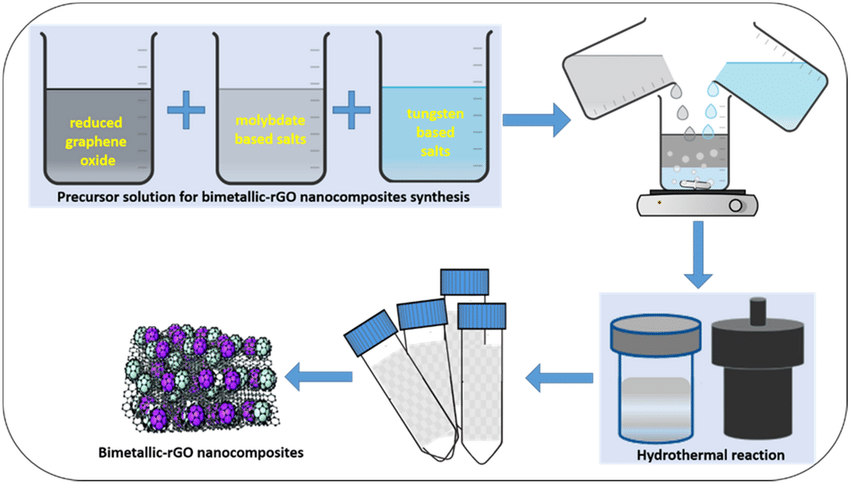

Your comment submitted.